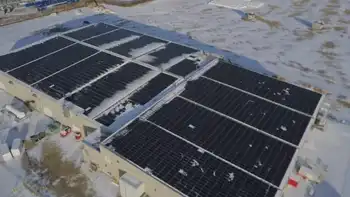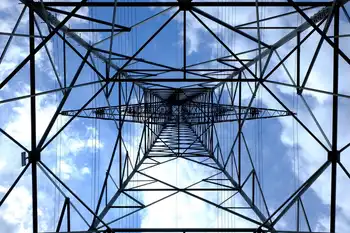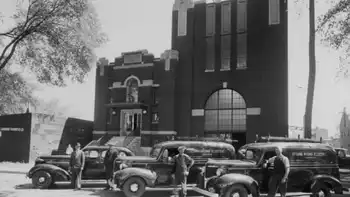California utility looks to Mojave Desert for power
By New York Times
NFPA 70b Training - Electrical Maintenance
Our customized live online or in‑person group training can be delivered to your staff at your location.

- Live Online
- 12 hours Instructor-led
- Group Training Available
The contracts amount to the worldÂ’s largest single deal for new solar energy capacity, said officials from the utility, Southern California Edison, and BrightSource Energy, the company that would build and run the plants. When fully built, the solar arrays on a sunny day would supply 1,300 megawatts of electricity, somewhat more than a modern nuclear power plant.
That is enough electricity to power about 845,000 homes.
The companies acknowledged that several hurdles would have to be surmounted before the first surge of electricity flows from the desert — in theory around 2013 — toward power-hungry cities more than 200 miles away.
First is approval by the state Public Utilities Commission. But more challenging, they said, is a series of permits for improving transmission lines. That process in the past has taken seven to 10 years per project, said Stuart R. Hemphill, vice president for renewable and alternative power for the utility.
“The reality is that renewable projects are very far away from where customers are,” Mr. Hemphill said. “The key is to have transmission built.”
He said he was confident the solar project would succeed, and emphasized that it was part of the company’s accelerating shift toward new energy sources, including recent large contracts for wind turbines, photovoltaic rooftop panels and geothermal power. “What we’re doing is changing the shape of the way the electric system is going to operate in California,” he said.
BrightSource, with investors as varied as Google and the VantagePoint venture capital firm — and with advisers that include the environmental campaigner and lawyer Robert F. Kennedy Jr. — has refined a decades-old technology. Thousands of small mirrors focus intense desert sunlight on a central tower, where it generates steam to drive a turbine.
Officials from the utility and plant builder said the cost of the plants and the electricity they will produce could not be disclosed under California law.
The deal is one of many signs that concentrated solar power, after decades of ups and downs, is finding an important place around the world, said Severin Borenstein, a specialist in energy policy at the Haas School of Business of the University of California, Berkeley.
But the technology remains substantially more expensive than coal as an electricity source, Mr. Borenstein said, and further expansion will depend on whether the public continues to support renewable mandates or a rising price on emissions from coal burning. “Everybody’s for reducing greenhouse gases until you start having to pay for it,” he said.
California is imposing one of the countryÂ’s most aggressive renewable-power mandates on its utilities. Southern California Edison, Pacific Gas and Electric and other providers are racing to meet a deadline of having at least 20 percent of electricity flowing from renewable sources by the end of 2010.
Vanessa McGrady, a spokeswoman for Southern California Edison, said the utility now gets 16 percent of its electricity from renewable sources.
Even with the new plants and other nonpolluting energy options, the state still faces big energy and emissions challenges, given relentless growth in demand for electricity at peak times.
In 2008, Pacific Gas and Electric, in Northern California, entered agreements to buy nearly 900 megawatts of power from BrightSource of Oakland, Calif. BrightSource has installed a pilot plant in the Negev Desert of Israel.
Other designs for plants that concentrate sunlight to generate power are in operation or under development in Spain, the Middle East, north Africa, and elsewhere in the Southwest.











